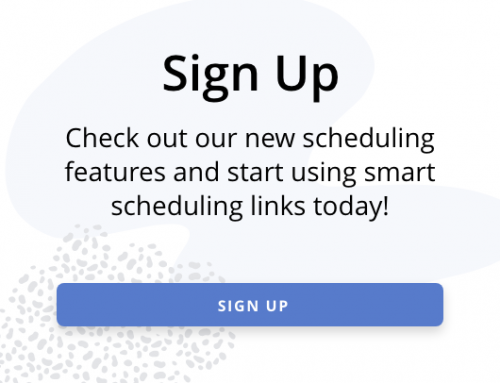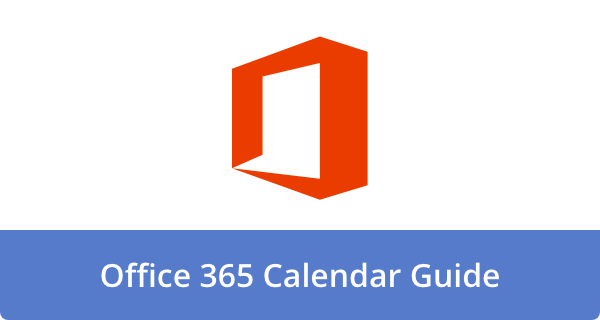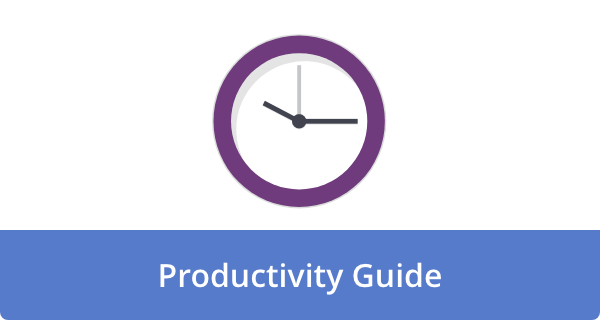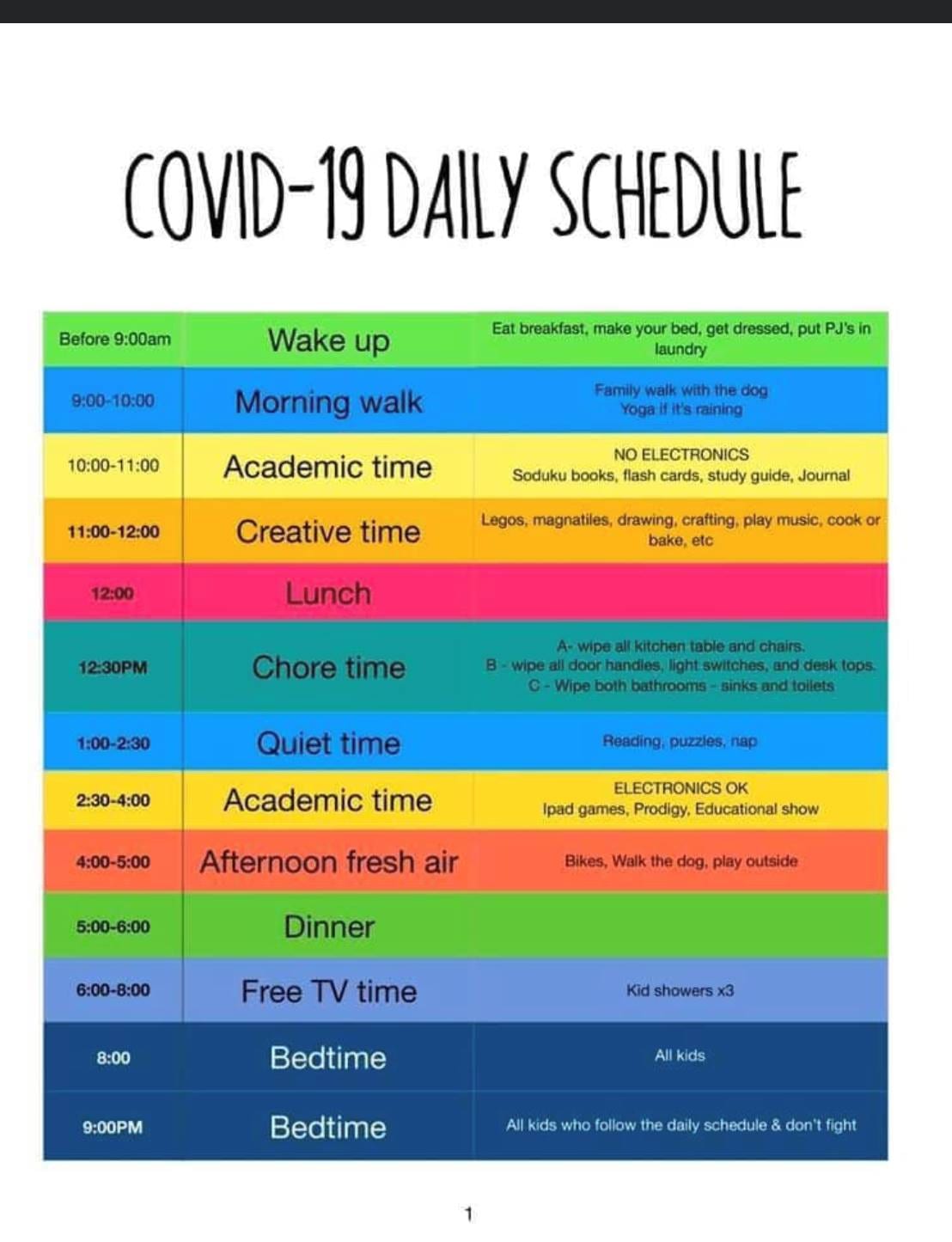

Almost all of us have a complicated relationship with our to-do lists. On good days, they can be our best friends — a guide who helps us stay focused and productive. But on a bad day? They can feel like a demanding taskmaster, reminding us of everything we didn’t accomplish. Traditionally, to-do lists have an unspoken expectation: if you write it down, you have to do it. The result of this rigidity can be stress, procrastination, and even burnout.
That’s where the “Could-Do” list comes in, a gentler, more flexible way to plan your day. As opposed to demanding, it suggests. Rather than pressuring, it empowers. With this simple yet powerful shift, you can reclaim your daily planning from rigid productivity to intentional choice.
In this post, we’ll discuss the concept of a Could-Do list, how it works, and how you can use it to reduce stress, regain your balance, and still accomplish meaningful things.
Why Traditional To-Do Lists Fail Us
In theory, a to-do list seems straightforward: write down tasks, check them off as you complete them. In reality, things rarely unfold as neatly as we imagine.
For starters, they breed overwhelm. Even before the day begins, a long list makes us feel behind. When faced with an endless list of chores and responsibilities, it can be difficult to even get started. As a consequence, that feeling of being perpetually behind is a recipe for anxiety. It’s a perfect excuse to put things off until tomorrow.
Additionally, traditional lists are not based on energy, time, or priority. Furthermore, they fail to address interruptions and changes. Even the best-laid plans can be derailed by an urgent email, an unexpected call, a sudden headache, or simply exhaustion. In most cases, to-do lists don’t provide a buffer for daily life’s unpredictable nature, leaving us scrambling to keep up.
There’s also a sense of guilt when items linger on a list. As a result, we tend to see undone tasks not as a reflection of life being unpredictable, but as an indication of personal failure. In turn, we may beat ourselves up for not being productive enough, resulting in a negative internal dialogue. The negative self-talk we hear deflates our confidence and causes us to dread our lists even more.
Last but not least, traditional lists often reinforce perfectionism. Many of us are overburdened with work, expecting more from ourselves than we can reasonably accomplish in 24 hours. The problem is that we set ourselves up for failure when we try to achieve a level of productivity that is simply unsustainable.
To-do lists are often more taskmasters than tools. It demands, judges, and doesn’t give you any grace. The Could-Do list, however, is fundamentally different.
What Is a “Could-Do” List?
Could-Do lists are exactly what they sound like: task lists, goals, and ideas you could do if you wanted, if you had the energy, and if it was the right time. It’s a list built on permission instead of pressure. As long as you write something down, you don’t have to finish it. Rather, you create a menu of options and decide what feels most important, realistic, or impactful at the time.
In place of a rigid, demanding list, for example;
- Write report
- Do laundry
- Answer emails
- Cook dinner
- Go for a run
Here’s an example of a Could-Do list;
- Draft part of the report
- Toss in a load of laundry
- Answer the three most important emails
- Prep an easy dinner or order in
- Move my body (walk, stretch, or run)
Can you tell the difference? The core tasks remain, but the framing has changed. In this situation, the language is softer, the expectations are kinder, and there is more flexibility. It’s no longer an all-or-nothing proposition. It supports partial progress and acknowledges the fact that some days are for bigger tasks, while others are for smaller ones.
The Psychology Behind the Could-Do List
Could-Do lists work because they tap into human motivation. Laziness isn’t the point; it’s smart design.
First of all, autonomy fuels motivation. When you feel like you can choose what you do, you feel more in control. When you feel autonomous, you are more likely to follow through and engage with the task. From being a passive recipient of orders, you become an active participant.
Secondly, lower pressure reduces resistance. When a person hears the word “should,” they often feel obligated and create a psychological barrier. Often, we rebel subconsciously against things we are forced to do. The word “could” feels lighter, more enticing, and less demanding, lowering mental resistance.
Thirdly, a Could-Do list reframes progress. Instead of focusing on what needs to be done, you celebrate what you have already accomplished. As a result, positive momentum is created. By completing a task you intentionally chose, you reinforce the idea that you are effective and capable. As opposed to the negative feedback of an unfinished list, this positive feedback loop is far more motivating.
Finally, it adapts to the energy and mood of the user. Occasionally, you find yourself in deep focus, ready to take on complex projects. Some days, you just need to keep the lights on, handling only the essentials. Both states can be honored with a Could-Do list. By choosing tasks that match your energy level, you will be more efficient and less likely to burn out.
Essentially, the Could-Do list transforms your list from a tool of judgment into a tool of support.
How to Create Your Own Could-Do List
Have a straightforward framework to help you get started — if you’re ready.
Brain-dump first.
Begin by writing down everything you’re thinking about: tasks, errands, emails, calls, and projects. You don’t need to censor yourself-just let it all out. By doing so, you can gain a comprehensive perspective on everything on your plate as well as clear your mind.
Reframe with “could” now.”
Put “could” in place of “must”. Make sure each item is phrased in a way that is as forgiving and flexible as possible. As an example;
- Try “Work on slides for the presentation” instead of “Finish presentation.”
- Instead of “Go to the gym,” think “Move my body in a way that feels good.”
- Rather than “Clean the house,” try “Tidy the main living spaces.” This slight tweak makes items feel like choices rather than obligations.
Highlight priorities next.
Circle or star the 1–3 items that could make a big difference today. These are your anchors. In the event you have the time and energy to do them, you’ll have a clearer idea of where to focus. As a result, you can still accomplish what’s most important without compromising your flexibility.
Leaves space for flexibility.
Don’t overload your to-do list. Allow for white space so you can take breaks, deal with unexpected events, or simply rest. The purpose of your list is to give you support in your daily life, not to fill up your entire day. The only list that is sustainable is a realistic one.
Review with compassion.
After a long day, take some time to reflect. Ask yourself: “What have I chosen to do today?” In what way did it benefit me? Instead of criticizing what didn’t happen, celebrate the progress you made. In just a few minutes, you can build self-compassion and see your days as a series of choices you have made, not a list of things you haven’t accomplished.
The Benefits of the Could-Do List
By shifting from “must” to “could”, you’re changing more than your productivity. As a result, your mindset changes.
- Less stress. When you stop measuring your success by how many boxes you check, you will achieve more success. Rather, you evaluate it based on your choices and your efforts.
- More intentionality. In place of simply checking things off a list, you make conscious choices based on your energy, priorities, and values.
- Better self-compassion. Don’t beat yourself up about not being superhuman. It’s important to accept your limits and honor them.
- Sustainable productivity. When you work in ways that support your energy, you can reduce your risk of burnout and maintain your energy levels for a longer period of time.
- Room for creativity. With flexibility and white space, new ideas can flourish. When you’re not rushing from one task to another, your mind is free to wander.
By reclaiming your day, you break free of the tyranny of tasks. Instead of being a passenger, you become the pilot.
When to Use a Could-Do List
Adding a Could-Do list isn’t about removing structure; it’s about softening it. In these situations, it’s ideal:
- You feel overwhelmed by a long list.
- Your schedule is unpredictable.
- You struggle with procrastination or perfectionism.
- You’re in a creative field where inspiration matters.
- You’re trying to balance work with caregiving or personal responsibilities.
If you need a rigid structure and firm deadlines, you might still benefit from a traditional to-do list. However, on most days, the Could-Do approach gives you room to breathe, adapt, and live. In other words, it’s a tool you can use to extend your current system, not to replace it.
The Emotional Impact: From Pressure to Possibility
What makes the Could-Do list so valuable is the way it changes your relationship with yourself. The less you beat yourself up for not doing enough, the more you realize how much you already do. By shifting the language from “must” to “could,” we open ourselves up to a world of possibilities. In it, you’re acknowledged as the owner of your time, energy, and focus, which you can use as you see fit.
In the long run, this shift doesn’t just boost your productivity. You become kinder to yourself as a result. Ironically, this is the most sustainable type of productivity.
FAQs
Is a Could-Do list just another name for a to-do list?
Not exactly. Although both involve writing tasks, a Could-Do list reframes them as options rather than obligations. Instead of feeling pressured to complete everything, allow yourself to choose. It’s all about this subtle shift in language and mindset.
Will I actually get things done with a Could-Do list?
Often, more so than with a rigid to-do list. When you lower the mental barrier and give yourself autonomy, you are less likely to procrastinate and more likely to follow through. As long as you feel in control of your tasks, you will be more motivated to begin and complete them.
How do I stop myself from doing only the easy tasks?
When creating a list, you should highlight your top priorities. Even if you start with smaller wins, you’ll have clear guidance on what matters most. Rather than abandoning important tasks, we should approach them with less stress.
Can this work in a professional setting?
Absolutely. To manage the demands of shifting priorities and unpredictable schedules, many professionals make use of Could-Do lists. This can be particularly useful in knowledge-based, customer-facing, or creative industries where there is no such thing as a typical day. By focusing on impact rather than just checking boxes, you are able to make a greater impact.
What if I prefer structure and deadlines?
Then use both. Whenever flexibility is needed, keep a Could-Do and stick with structured lists for time-sensitive projects. Instead of replacing your current system, expand it with a kinder, more flexible one.
Image Credit: Suzy Hazelwood; Pexels











John Rampton
John’s goal in life is to make people’s lives much more productive. Upping productivity allows us to spend more time doing the things we enjoy most. John was recently recognized by Entrepreneur Magazine as being one of the top marketers in the World. John is co-founder of Calendar.